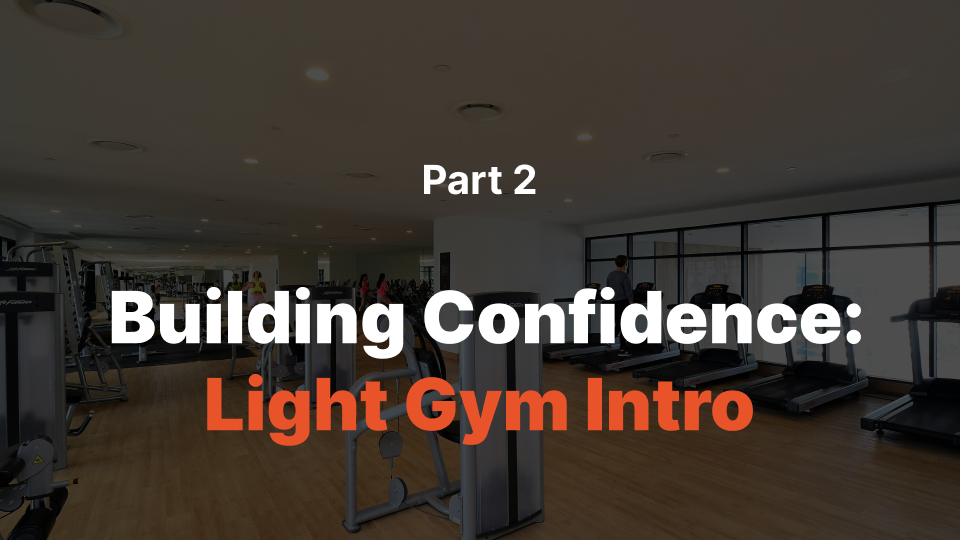Introduction
The Single Leg Glute Bridge is a targeted lower body exercise that primarily strengthens the glutes and hamstrings while also engaging the core muscles. It improves single-leg stability, balance, and overall lower body strength. This exercise is particularly effective for individuals pursuing improved athletic performance, enhanced posture, or rehabilitation from lower body injuries.
Muscles Worked
- Primary: Glutes (specifically Gluteus Maximus, Gluteus Medius, and Gluteus Minimus), Hamstrings, Lower Back (Erector Spinae)
- Secondary: Quadriceps, Calves (Gastrocnemius and Soleus), Core Muscles (Rectus Abdominis, Transversus Abdominis, and Obliques)
How to Do It (Step-by-Step)
- Lie on your back with one knee bent and foot flat on the floor, while the other leg is extended along the ground. Place both arms by your sides for balance.
- Raise your hips off the ground by contracting your glutes, keeping your extended leg hovering above the floor.
- Maintain a neutral spine and avoid arching your back, keep your bent knee pointing towards the ceiling. Ensure that you're using only your glutes to lift and lower your hips, not your lower back or hamstrings.
Tip: To make the exercise more challenging, try elevating the extended foot on a bench or ball before performing the movement.
Rep & Rest Guidelines
- Strength: 4–6 reps, 2–3 min rest
- Hypertrophy: 8–12 reps, 60–90 sec rest
- Endurance: 12–20 reps, 30–60 sec rest
For efficient and automatic progression in your workouts, try out Auto Progression!
Ensure optimal rest periods with the help of a precise Rest Timer.
Form Tips
- Maintain a neutral spine and engage your core muscles to prevent excess movement in the lower back.
- Keep your heels firmly grounded and drive through the heel of the working leg to lift your hips. Avoid rolling onto the arch of your foot or lifting your heel off the ground.
- Keep your non-working leg bent at a 90-degree angle with the foot flat on the floor for stability and balance during the exercise.
When to Use It
- Rehabilitating lower body injuries by targeting individual leg muscles and improving overall balance.
- Strengthening and toning the glutes for better posture and performance during activities like running and cycling.
- Enhancing functional fitness and preventing imbalances in movement patterns, particularly for athletes involved in sports that require quick changes of direction or single-leg movements. Workout History can help track progress and ensure consistency in your workout routine.
The single leg glute bridge primarily targets the glutes (gluteus maximus, medius, and minimus), hamstrings, and core.
Performing a single leg version increases the challenge for your stabilizing muscles, enhances muscle activation, and reduces stress on your lower back.
A good starting point is 3-4 sets of 8-12 repetitions per leg. Adjust based on your fitness level and progress over time.
Common errors include rolling onto your back, letting your hips drop, using excessive momentum, or not fully extending your hip at the top of the movement.
Yes! Adding weight can make the exercise more challenging as you progress. Make sure to start with a light weight and gradually increase as needed.

